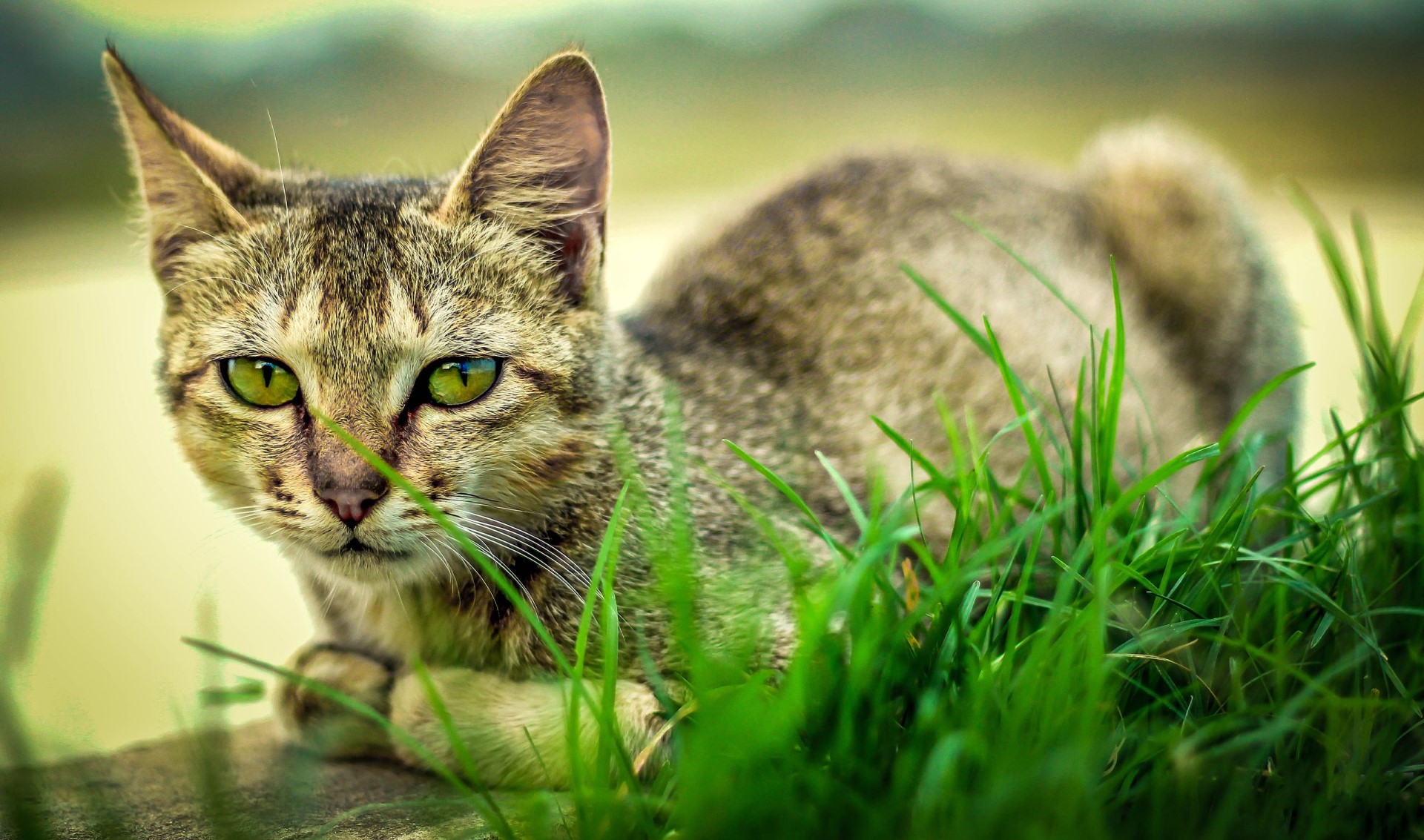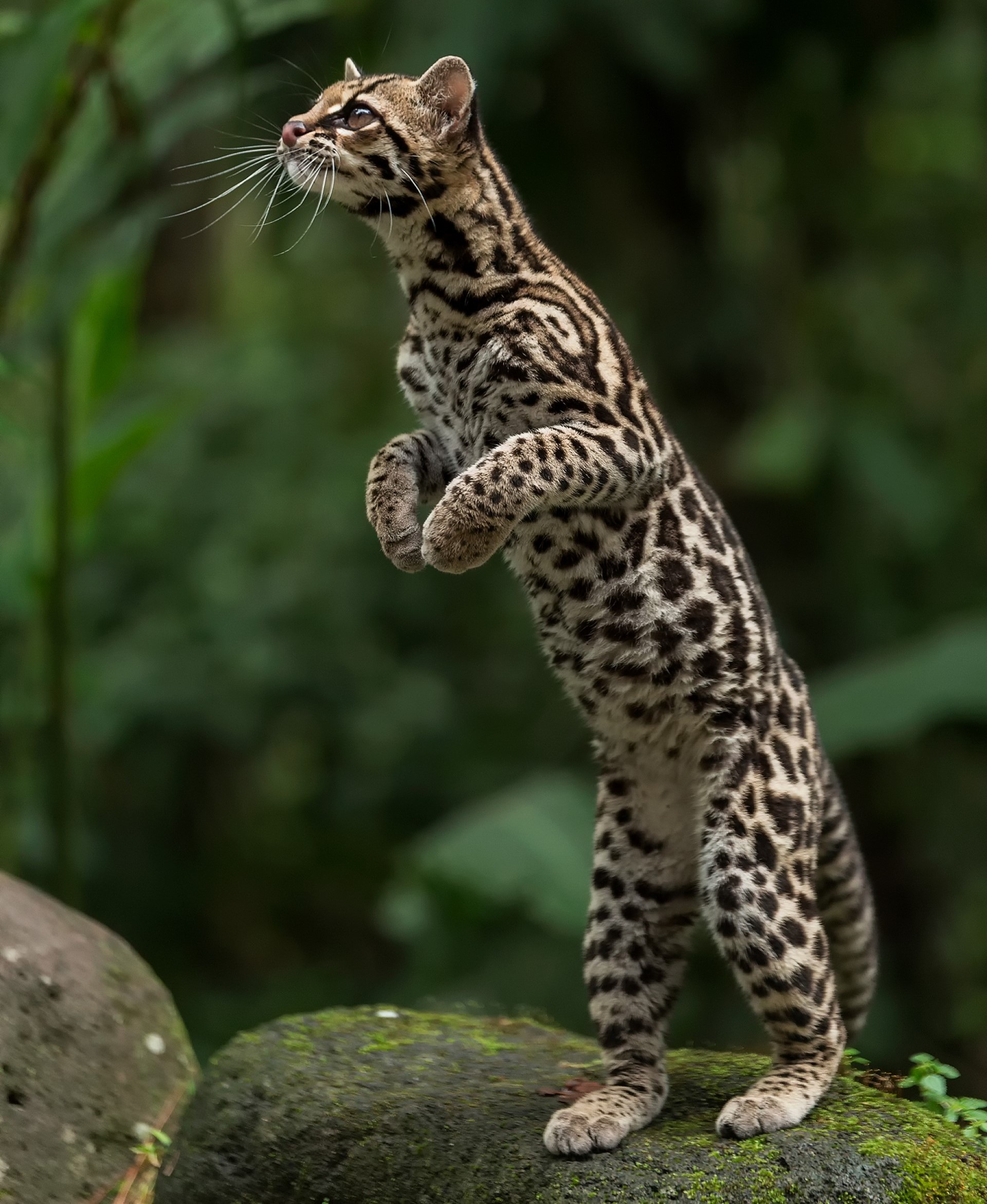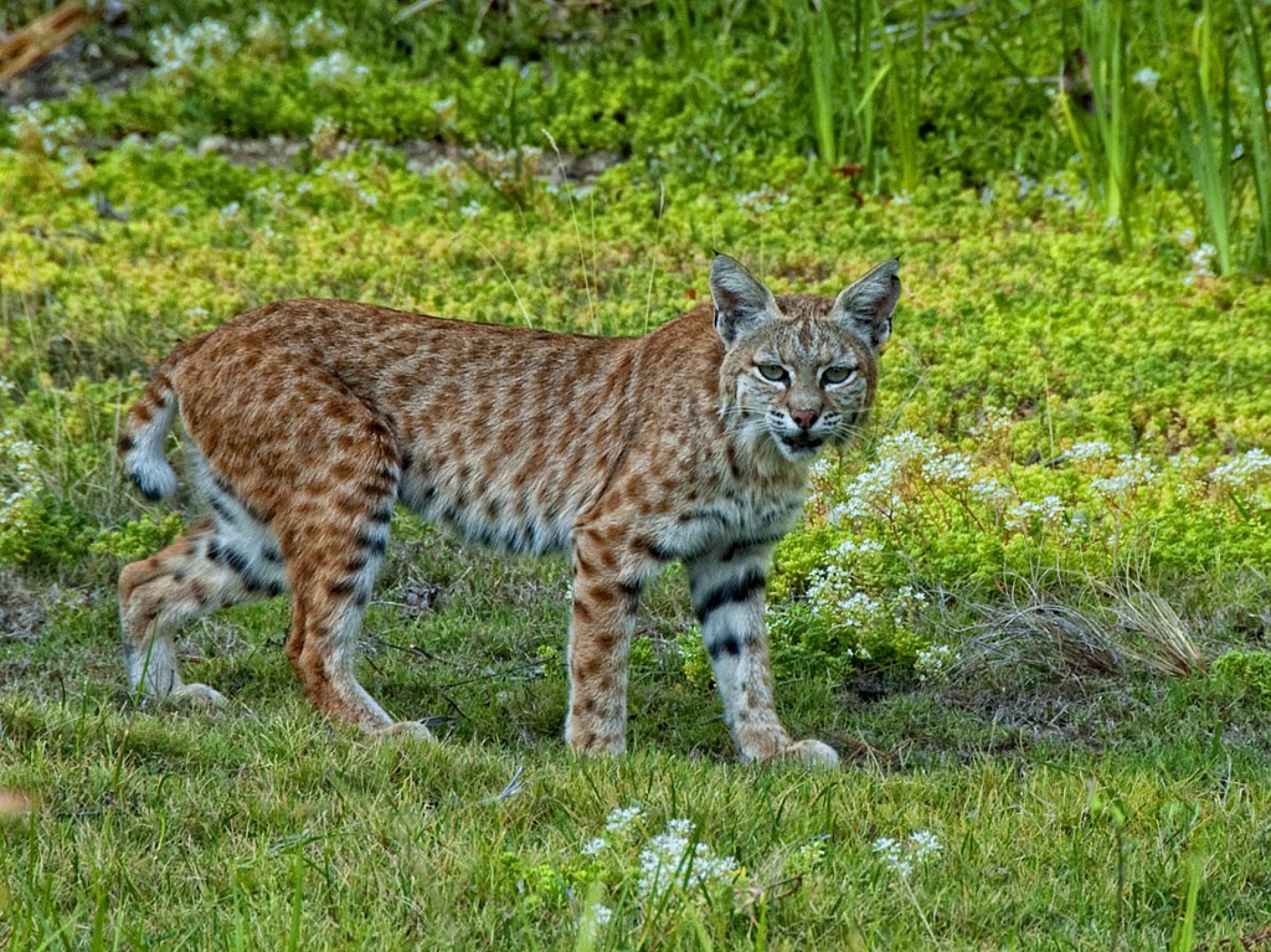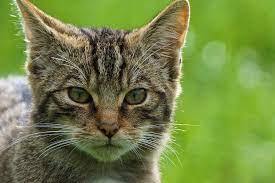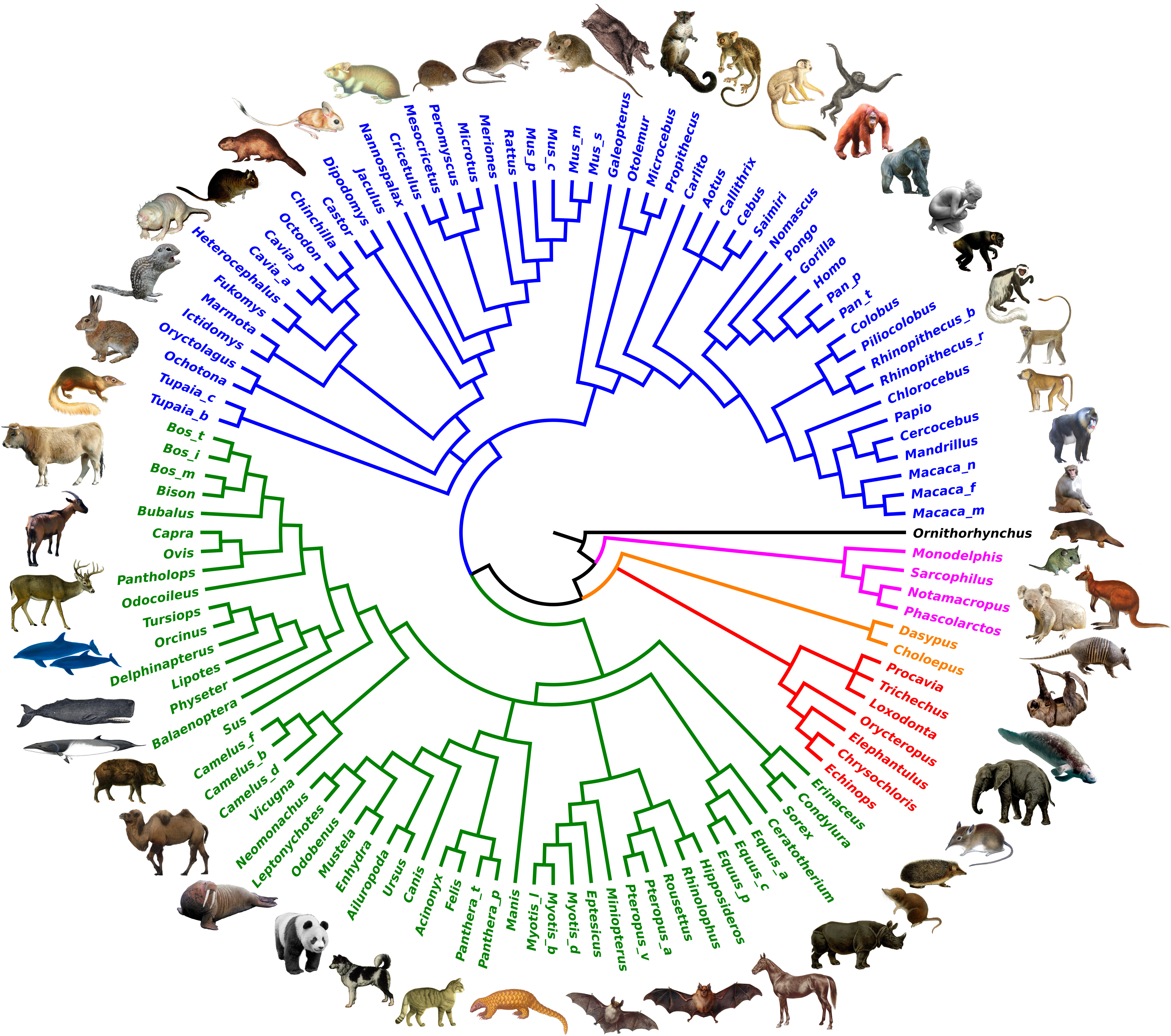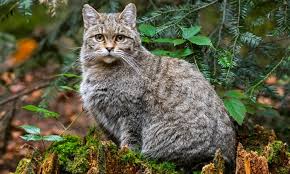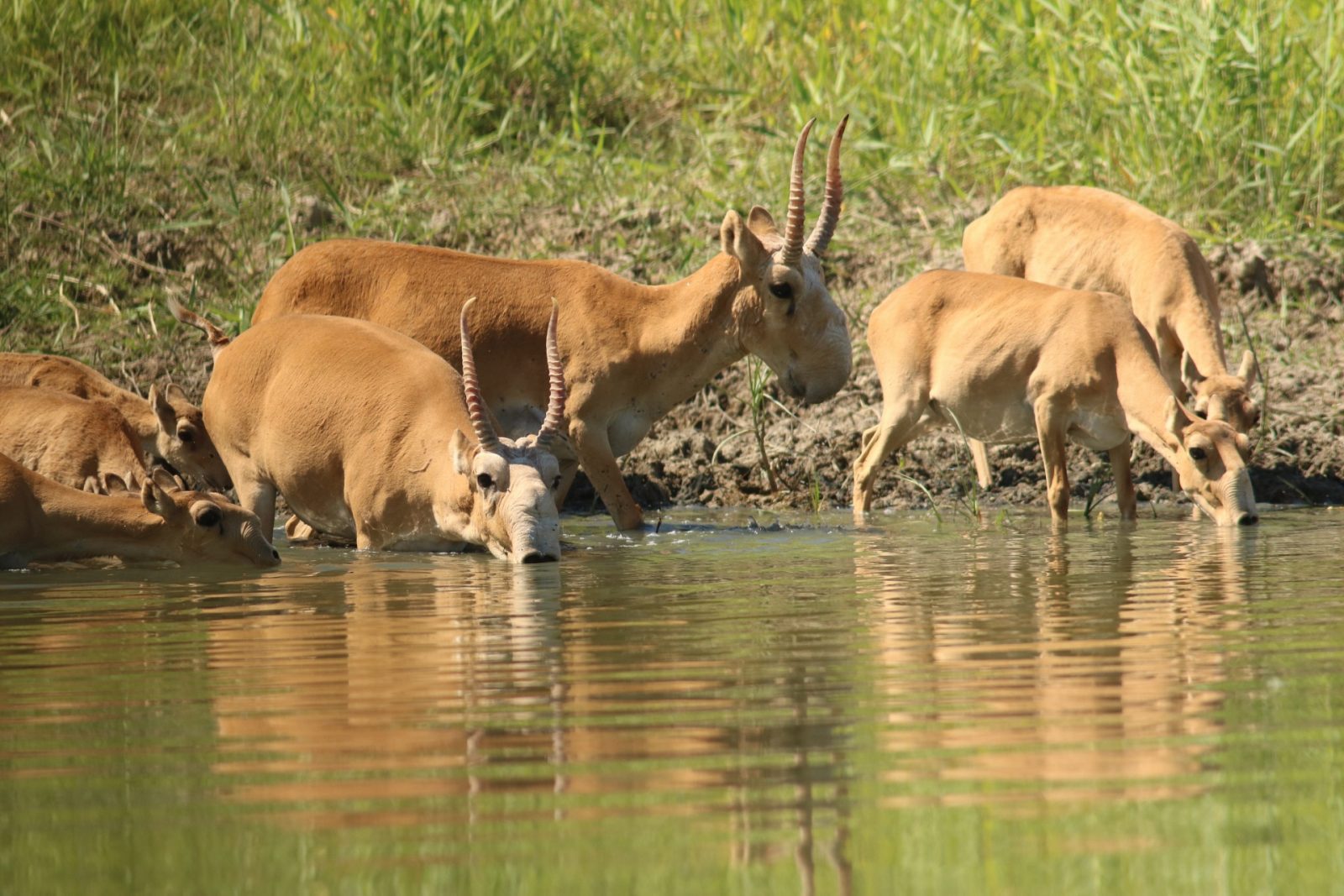
Kazhakstan
The ecosystems of the country are varied, Kazakhstan is covered mainly by 26% desert, 44% semi-desert, 6% forest and 24% steppe terrain. The southern and eastern parts of Kazakhstan are still wild and have untouched mountain landscapes. With this wide variety of landscapes, the wildlife is (understandably wide ranging as well).
Although all highly secretive and rarely seen there are 7 species of wild cat within this large country
- Caracal
- Asiatic wildcat
- Jungle cat
- Pallas’s cat
- Snow leopard
- Turkestan lynx (subspecies of the eurasian Lynx)
- Turkestan sand cat
All these predators survive on meat. While the smaller cats will eat mostly rodents, the larger ones will survive on Argali and Urial (wild sheep), Bactrian camel, moose, and various species of deer and antelope.
Kazakhstan News
[smart_post_show id="32824"]

